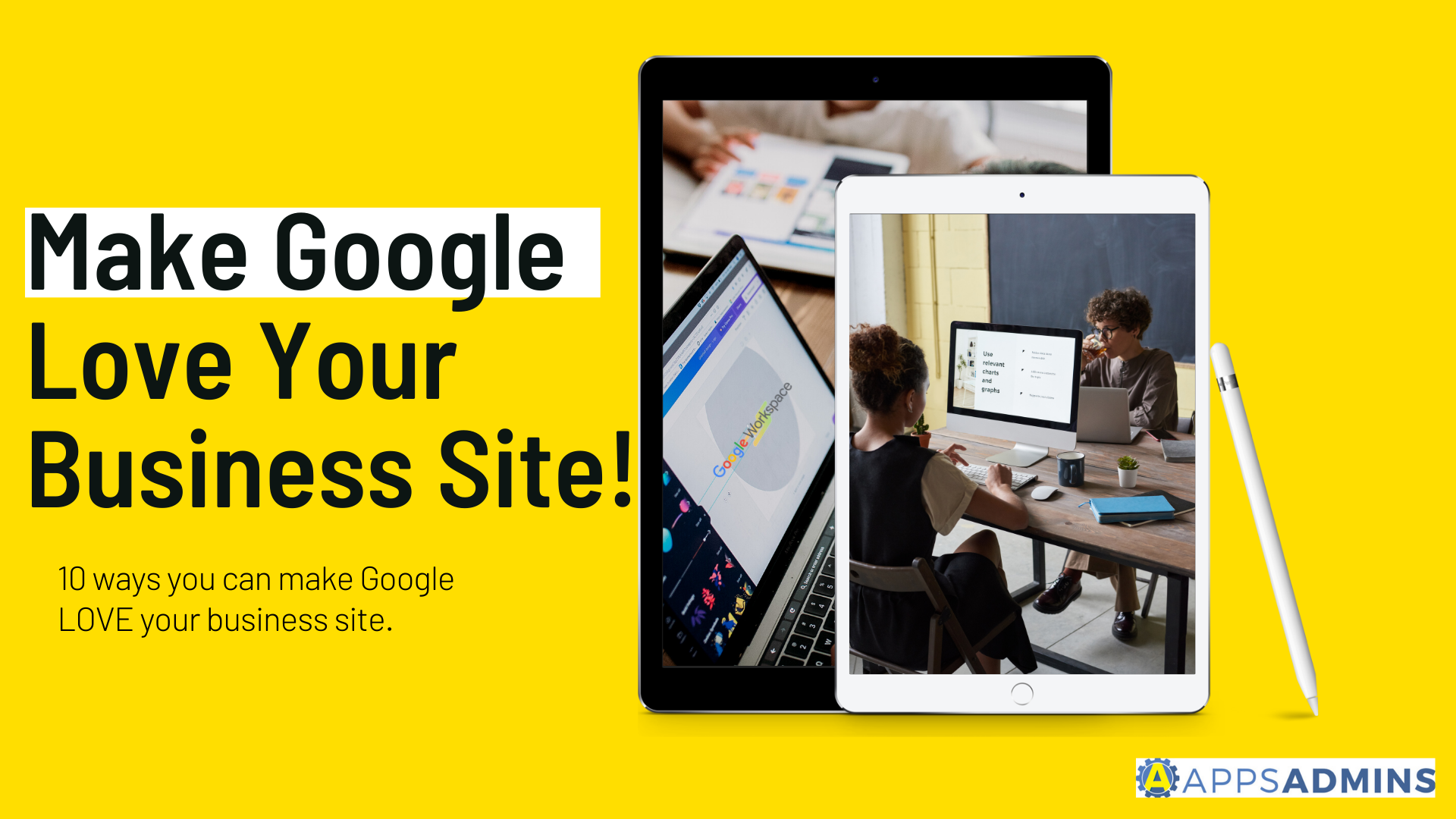G Suite Business Free for 30 Days
Sign up for a Free 30 Day Trial of G Suite Business and get Free Admin support from Google Certified Deployment Specialists.


Many businesses run on-premise email servers and software that is completely suitable to their needs and goals. However, you may want to run Google Apps at the same time as part of your overall business strategy and wonder if there would any conflict between the two email systems. Luckily, it is entirely possible to run an on-premise email system and Google Apps without any conflict. What follows is reasons you would want to do so and how to implement such a system.
Why Run Google Apps Alongside An On-Premise Email System
There are two common scenarios where you would want to run Google Apps in addition to your existing on-premise email platform. These are:
-
Testing Purposes: many businesses want to test the viability of Google Apps as a replacement for their current email system. In many cases you may have existing issues with your current email system and want to see if Google Apps successfully address these matters. Also even in situations where a full switch to Google Apps is the exact solution you’re looking for a transition period between fully switching may be beneficial in terms of employees becoming acclimated and assuring a smooth switch over.
-
As A Backup: in some cases Google Apps email platform is not brought in to replace an existing on-premise platform but to support it. The fact is hardware and software issues often occur despite the best planning and having a backup solution in place assures communications won’t be interrupted if the on-premise email system goes down. Plus as many of your employees are likely already familiar with Google Apps you have a backup solution in place they can easily make use of without training or a negative impact to productivity.
Both of these needs are easily met once Google Apps are properly configured to your existing configuration. A key advantage of Google Apps For Work is the flexibility of the platform. It can be everything from a full scale replacement to a backup platform depending on your business needs. Also once fully configured you can easily switch your Google Apps system from a backup to a full scale replacement if need arises. Naturally, configuration complexity depends on your current system configuration. General setup is detailed below.
Proper Configuration And Setup of Dual Delivery
Configuration of your email server to integrate with Google Apps For Work is chiefly concerned with incoming and outgoing mail.
-
Incoming Mail: for incoming mail there two possible configurations you can make use of. One, use an MX record change in Google Apps to route your mail through Google's servers before it is then passed to your existing server setup to be delivered to your existing system. Or two use an email gateway to server as an intermediary system between your existing email platform and Google Apps. By using a gateway system email is simply routed to both servers (and therefore both email boxes) at the same time.
-
Outgoing Mail: for mail to be sent through Google Apps For Work you have to send mail through your existing on premise solution and then through Google Apps. This requires specific configuration with your existing delivery system.
Concerning SSO And LDAP
To integrate Google Apps For Work into your existing user environment Google offers two solutions, Google’s SSO API or SAML SSO integration. Google’s SSO API integrates directly with your existing active directory and offers many advantages. These are:
-
Integration of existing authentication systems and security standards with Google Apps. This means that any security requirements you currently have will be seemingly brought over when your employees interact with google Apps.
-
Any web based single sign on systems that are in use will also be integrated through the Active Directory or any other directory servers that are being used.
-
Google apps will be integrated with any in house or company websites that require username and password access. What this means for your end users is they do not have to keep logging in multiple times across websites.
-
Also note with Google’s SSO API usernames and passwords for Google Apps are able to match your existing SSO configuration allowing for the seamless usage defined above. However, the two are not kept exactly in sync and any changes to your SSO will have to be reflected with the API configuration.
To compare SAML SSO is based on version 2.0 of the SMALL platform and allows you to directly hold all username and password information on your company servers without requiring Google Apps to hold any recorded information concerning access.
Conclusion
As the above information shows Google Apps for Work allow a great deal of flexibility and configuration options concerning how they are integrated with your business. This allows you to easily deploy it alongside any existing on-premise solutions you currently have without any conflicts between the two.
.jpg?width=818&name=appsadmins-svg-rules-1%20(2).jpg)







